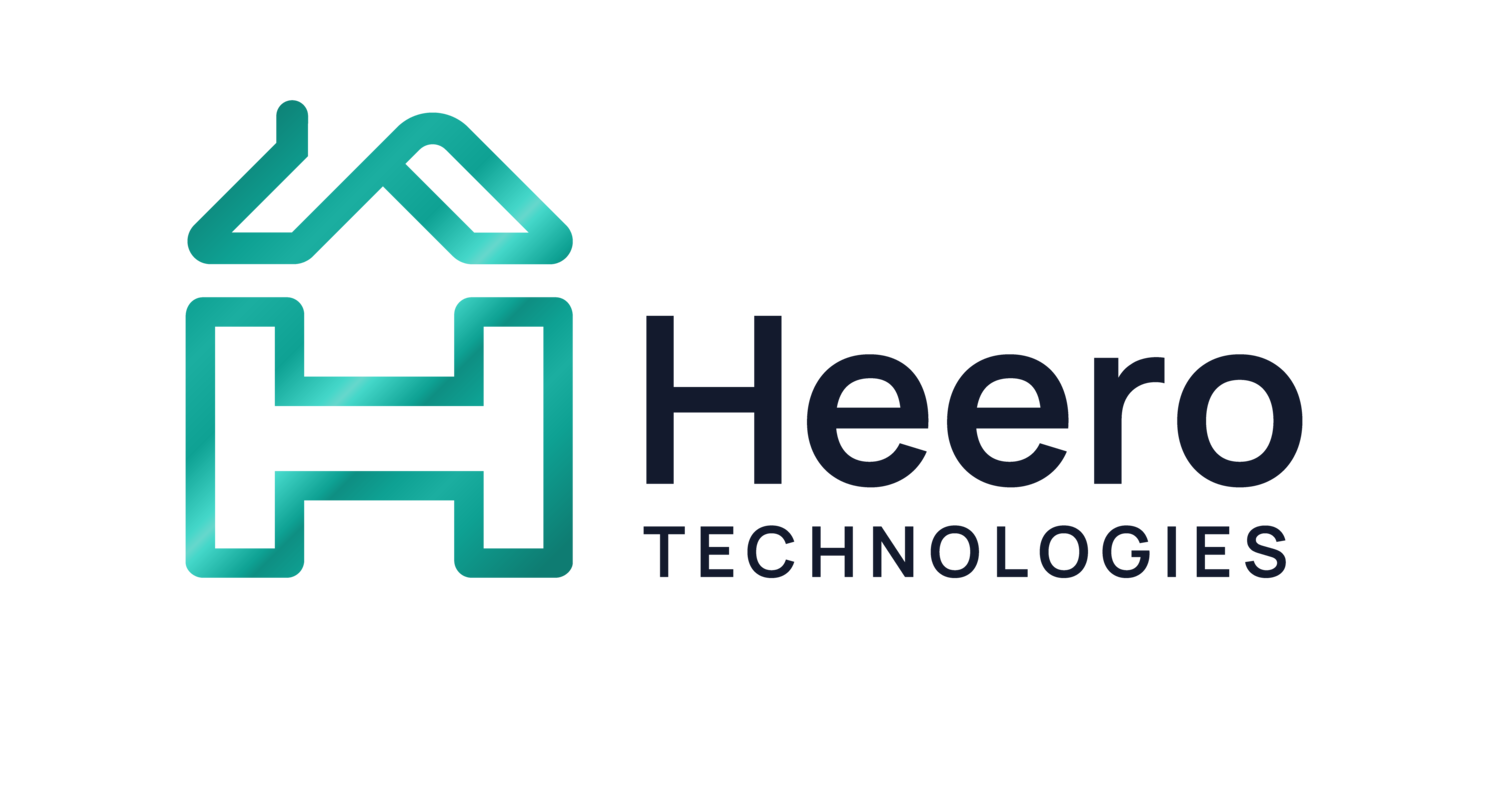The benefits of energy-saving technology for homeowners
The residential sector is a key component of the government’s mission to lower carbon emissions – in 2021, it accounted for 19.9% of all carbon dioxide emissions in the UK. In fact, approximately 19 million homes will require energy efficiency improvements before 2035 to ensure the UK is on track to meet its CCC 2050 net zero ambition and an 80% reduction in greenhouse gas emissions by 2050.
Additionally, in England alone, there are 6.32 million households in fuel poverty, a number that could increase to 8.5 million by the end of this year.
Amidst the worsening cost of living crisis, many homeowners have thought about installing renewable technologies and other energy-saving measures. However, despite ever-increasing energy bills, few seem willing to progress from thinking to doing.
Educating homeowners
Despite widely available advice and information, many homeowners needing to retrofit their properties fail to take actionable steps. Their inertia can be attributed to a variety of reasons, including:
Having a limited understanding of their home energy use and how to make improvements that align with their personal goals
A poor grasp of the advice and grants available
A complex and frequently changing financing landscape that varies across the UK
An often disjointed and complex customer journey with varying levels of support across different regions
Low confidence in projected savings
Lack of trust in installers
Because of these factors, and with little understanding of the benefits, many homeowners are reluctant to make large investments in energy-saving measures. This means that it is up to industry to work together to educate homeowners and dispel myths that improvements and upgrades are too costly or difficult to implement.
To encourage homeowners to take action, ensuring that the right improvements take place in the right properties is vital, meaning that approaches need to be tailored to suit individual householders. The answer to meeting this challenge lies in employing technology which presents homeowners’ options in an easy-to-understand way.
Adopting white-label solutions
To attract potential customers, generate more revenue, stay ahead of the competition and position themselves as trusted advisors, lenders must adopt innovative, user-friendly technology. However, developing technology from scratch is time-consuming and expensive.
White label technology – technology developed by one company which others can rebrand as their own – offers a quick and affordable solution to this problem as it enables lenders to provide their customers with a cohesive experience from end to end, without having to invest in time-consuming development work.
One solution available to lenders is a software application designed to streamline the user experience and guide homeowners through the entire energy retrofit journey. The white-label technology, developed by Heero Technologies, can be seamlessly integrated into an existing offering, enabling providers to offer their customers personalised home energy insights and recommendations which show what carbon-neutral changes are feasible, as well as valuable information on the financing and installation of energy-saving home improvements.
The benefit of using an independent energy platform is that lenders can deliver agnostic, bespoke property information to guide their customers. There are no unfulfilled promises from companies trying to sell something, and no ineffective advice from well-intentioned but ill-informed sources.
Addressing ESG
The technology offers the ideal solution for lenders looking to differentiate themselves by offering financial products that are both personalised and specifically targeted at home energy improvements.
For example, lenders can use the platform to present homeowners with tailored finance offers, to highlight specific measures based on their ability to improve the thermal efficiency of the property and to generate energy/heat from renewable sources, as well as to show the cost of installation and energy bills savings associated with the suggested measures. Furthermore, they can recommend installers based on customer feedback, estimated cost of work, and proximity to the householder.
Additionally, with a greater focus on Environmental, Social and Governance (ESG) measures than ever before and as the need to quantify carbon emissions and show verifiable reductions continues to grow, the technology provides lenders with a validation tool that ensures they are meeting ESG objectives. It measures the amount of carbon saved, specifically lifetime carbon savings, which is valuable as besides regulatory compliance, customers are increasingly choosing service providers based on their ESG credentials.
By employing the app, lenders can offer homeowners a seamless customer journey from insight to installation, removing complexity and providing trusted support. In turn, they benefit from an improved value proposition, lead generation, and the opportunity to capture new growth opportunities.
Benefitting homeowners
Technology provides a perfect opportunity for lenders looking to lead the way in guiding homeowners as they consider how they can decarbonise their homes in an affordable way. Although it is not a direct-to-consumer app, the benefits of the technology to homeowners are clear – it offers personalised energy recommendations with up to 95% accuracy whilst addressing challenges such as the disruption caused by invasive energy efficiency measures and confusion over financing and government funding.
Additionally, it identifies the most effective improvements, streamlines the user experience, and ultimately equips homeowners with the knowledge and tools to make decisions that will positively impact their cost of living while making net zero homes a reality.
This is a repost of an article, please find the original post here:
https://www.propertywire.com/news/london-gazumping-capital-of-england/

